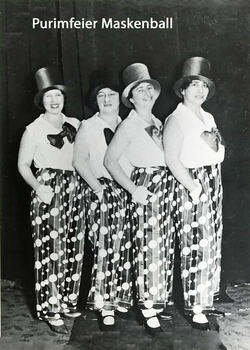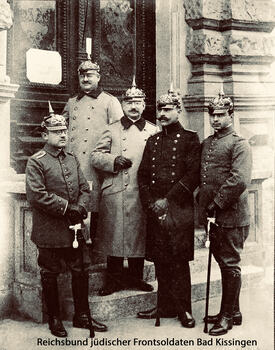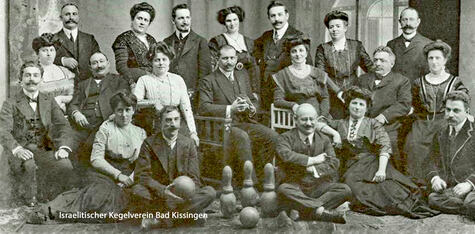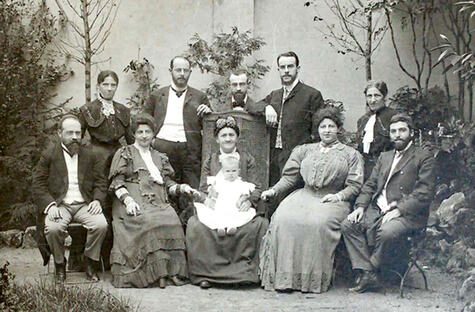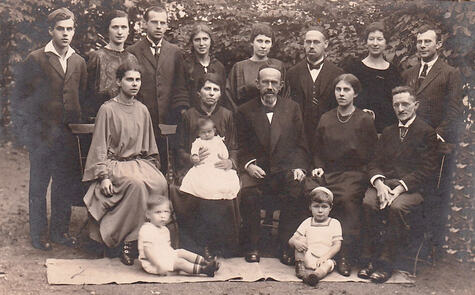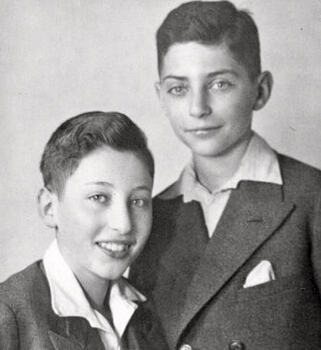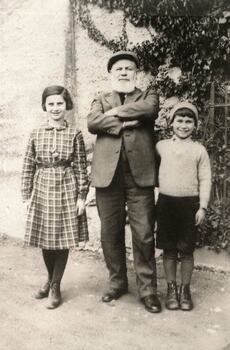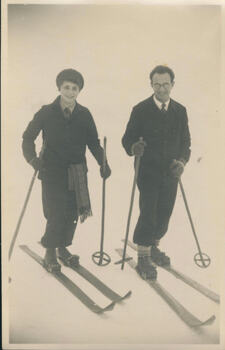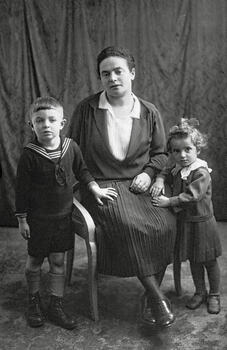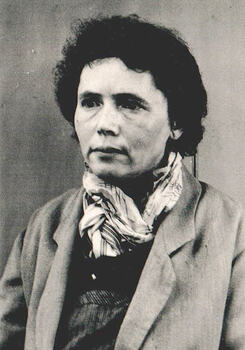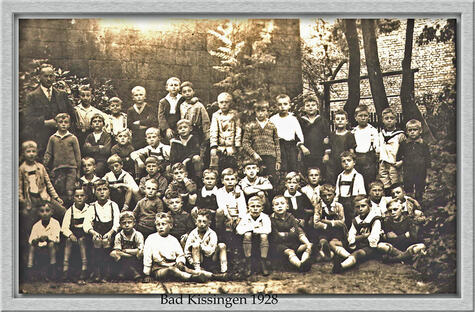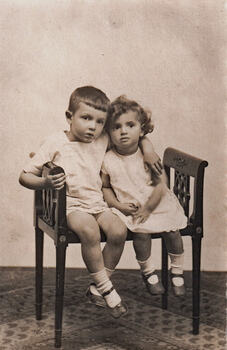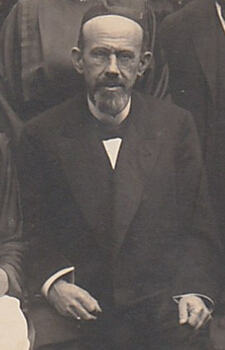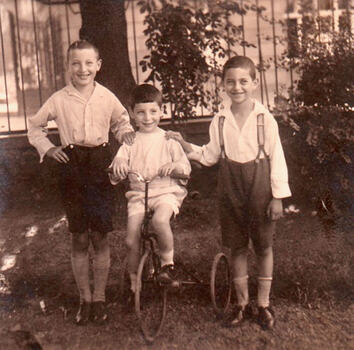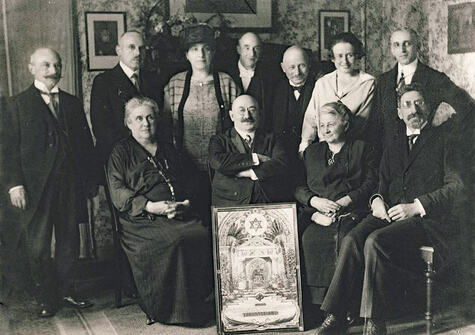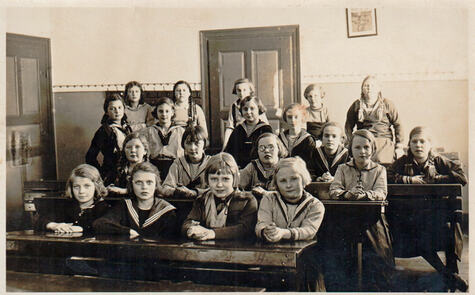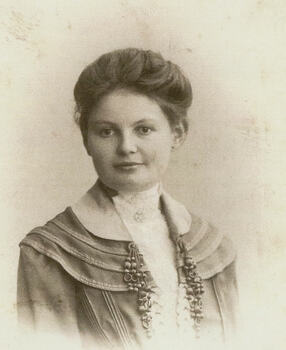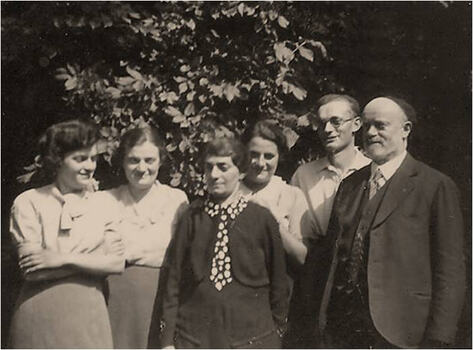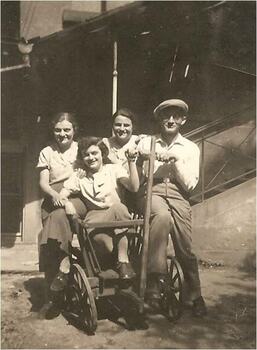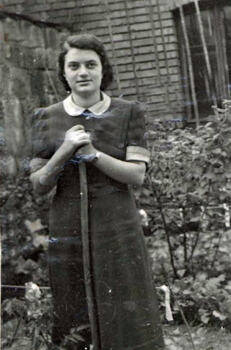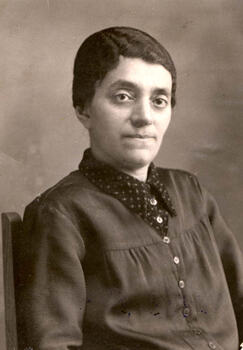Biographical Memorial Book
of the Jews of Bad Kissingen during the Nazi regime
Up to the year 1942 when the last of the Jews of Kissingen were deported to Krasniczyn and Theresienstadt there had been a great and lively Jewish community whose roots could be followed down to the Middle Ages. Within few years this flourishing community was extinguished. This took place after a period of peaceful living together of Jewish and non-Jewish citizens, in which emancipation and integration of Jewish citizens seemed to have succeeded to a great extent.
The memorial book shows what an important role was played by Jewish citizens in the economic, social and cultural fields in the town. But it also makes the deprivation of rights, the expulsion and murdering of the Jews of Kissingen during the Nazi-tyranny more poignantly evident. It does not only try to state the names and the most important facts of their lives, but also – as far as is still possible – to reconstruct the curricula vitae and fates in order to illustrate the individual characteristics of the respective personalities.
The project regards itself as a continual process towards a documentation of the diverse fates of the Jews of Bad Kissingen during Nazi-Germany that is as comprehensive as possible.
Therefore, corrections, information, and additions as well as photos and other documents are welcome (Just send them to us using „Contact“. They can thus be added to the database as quickly as possible.
